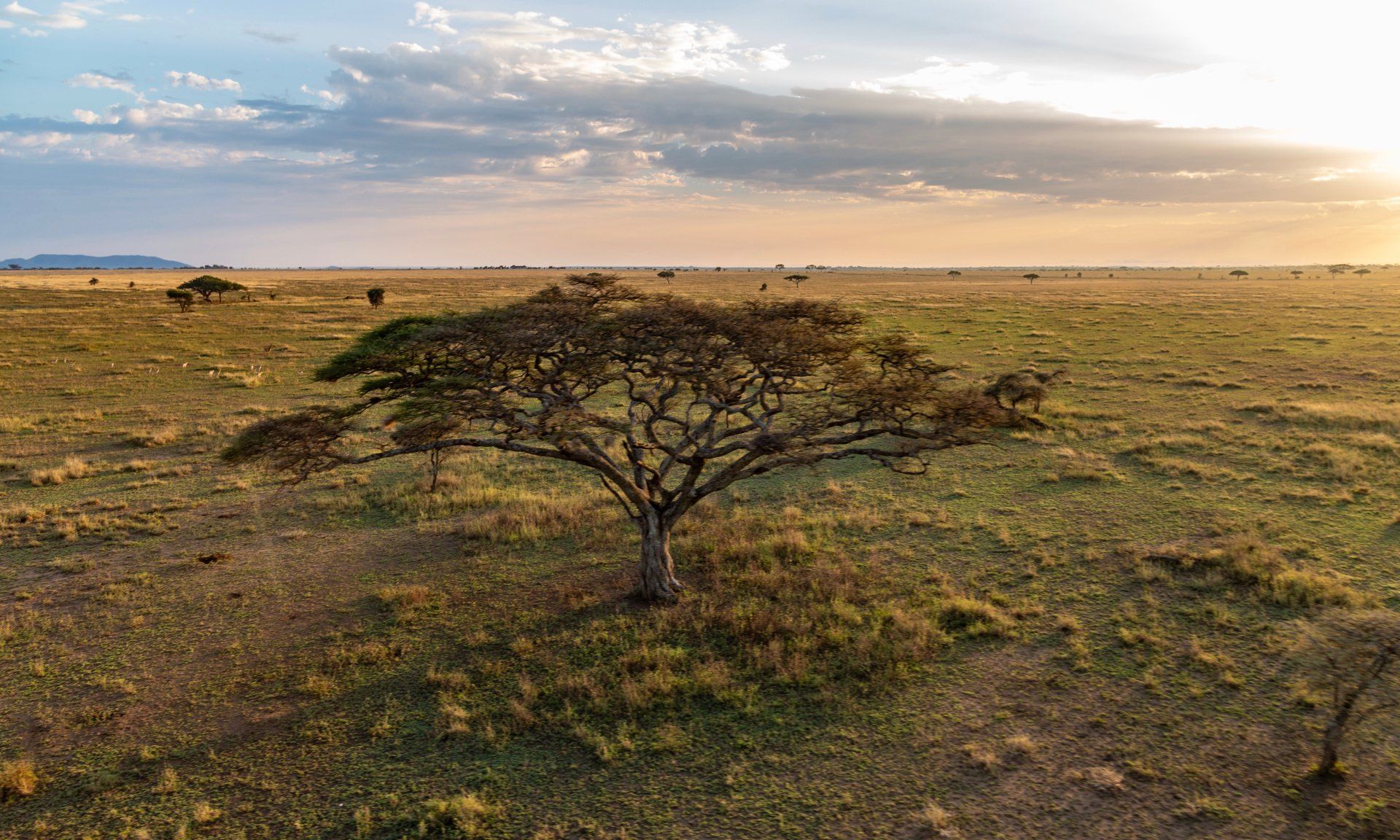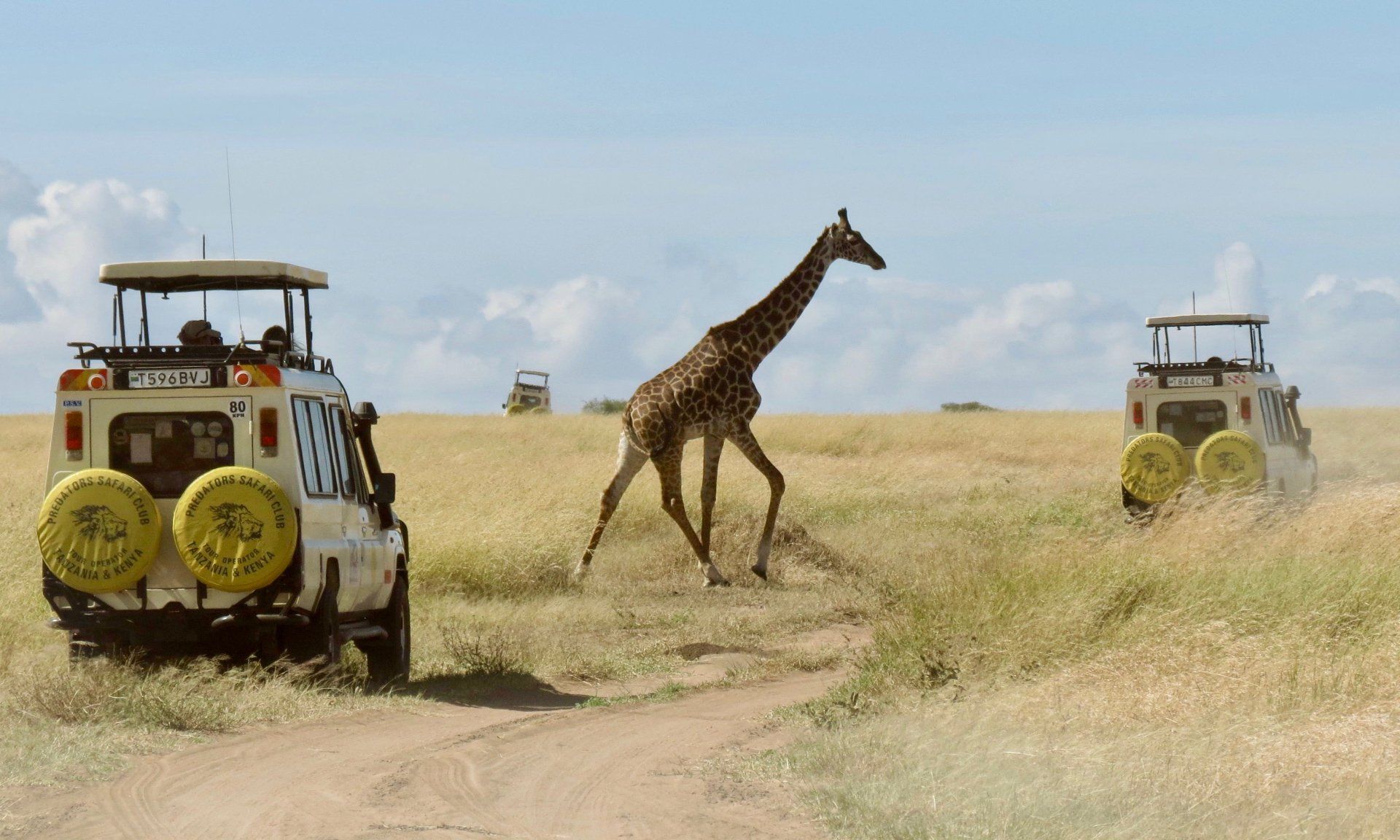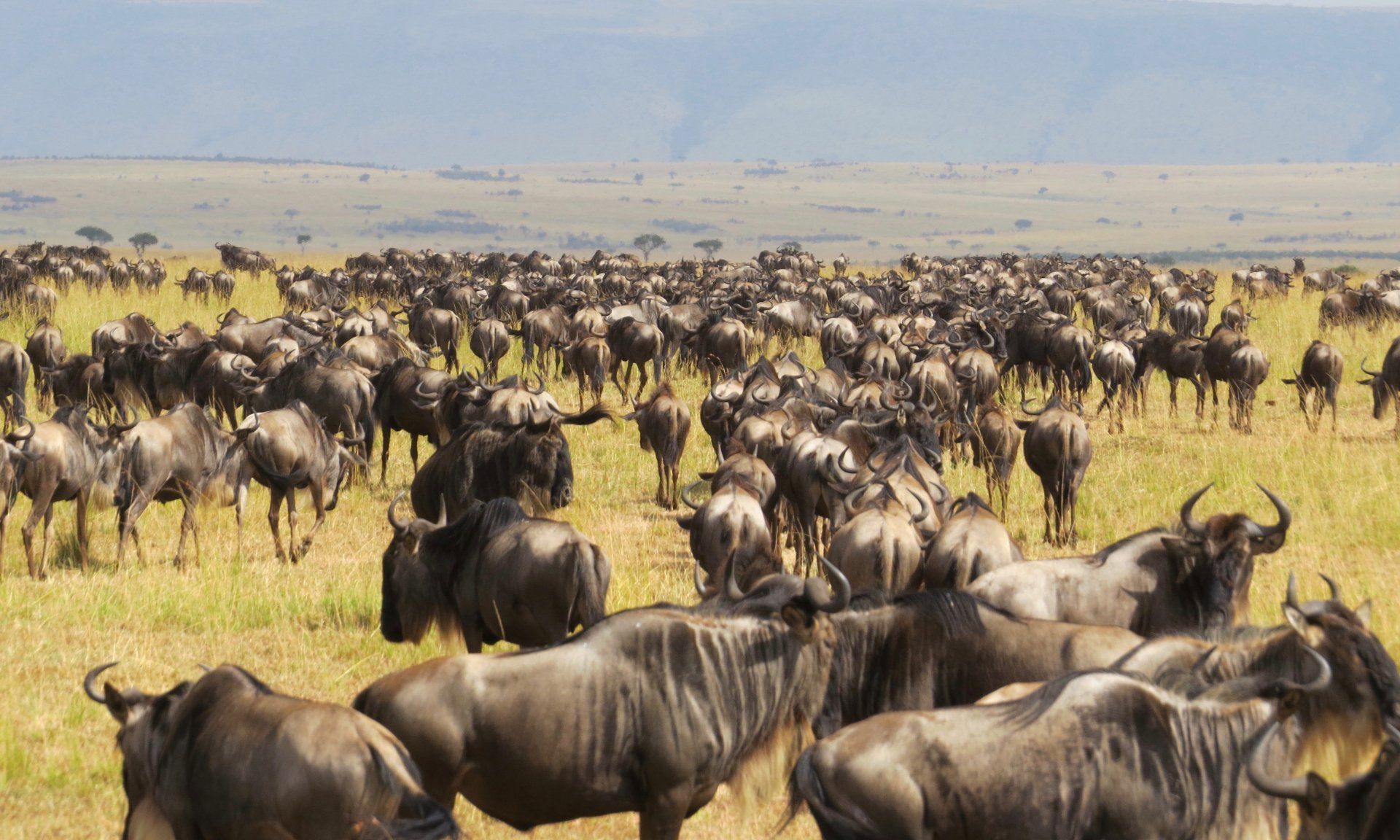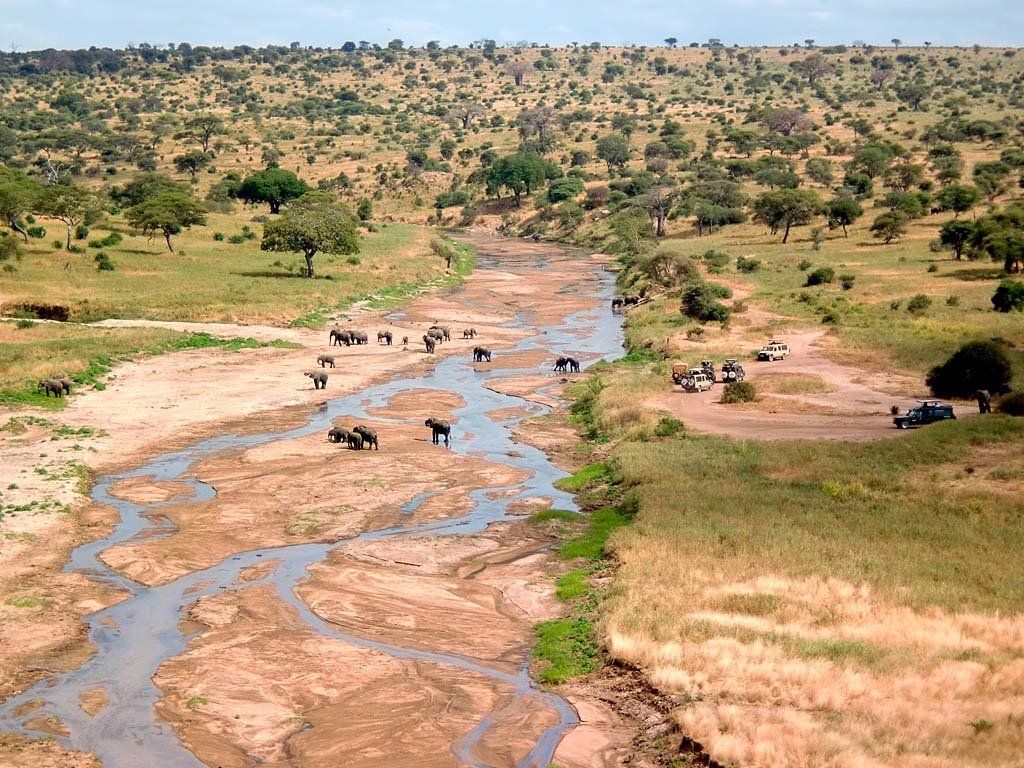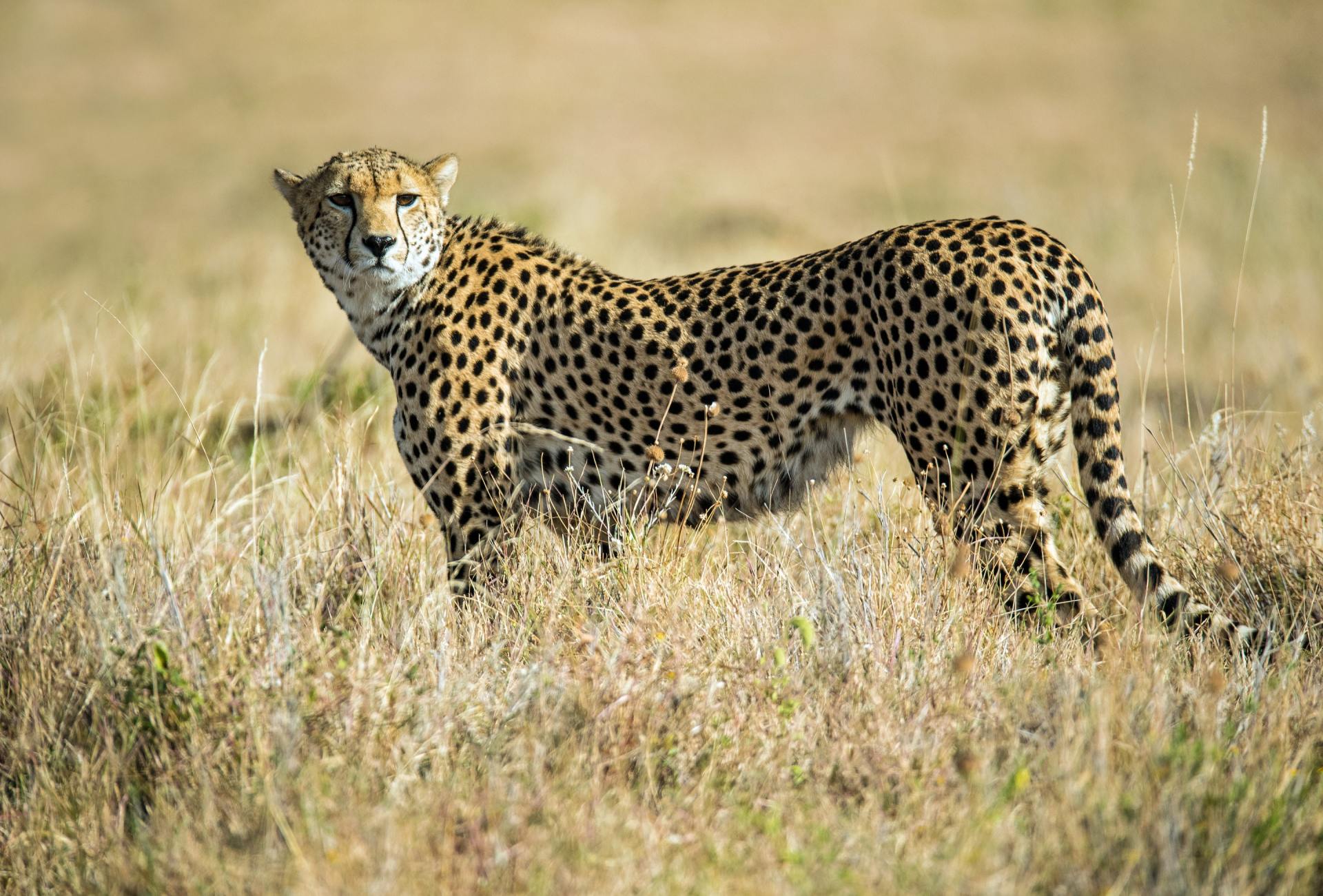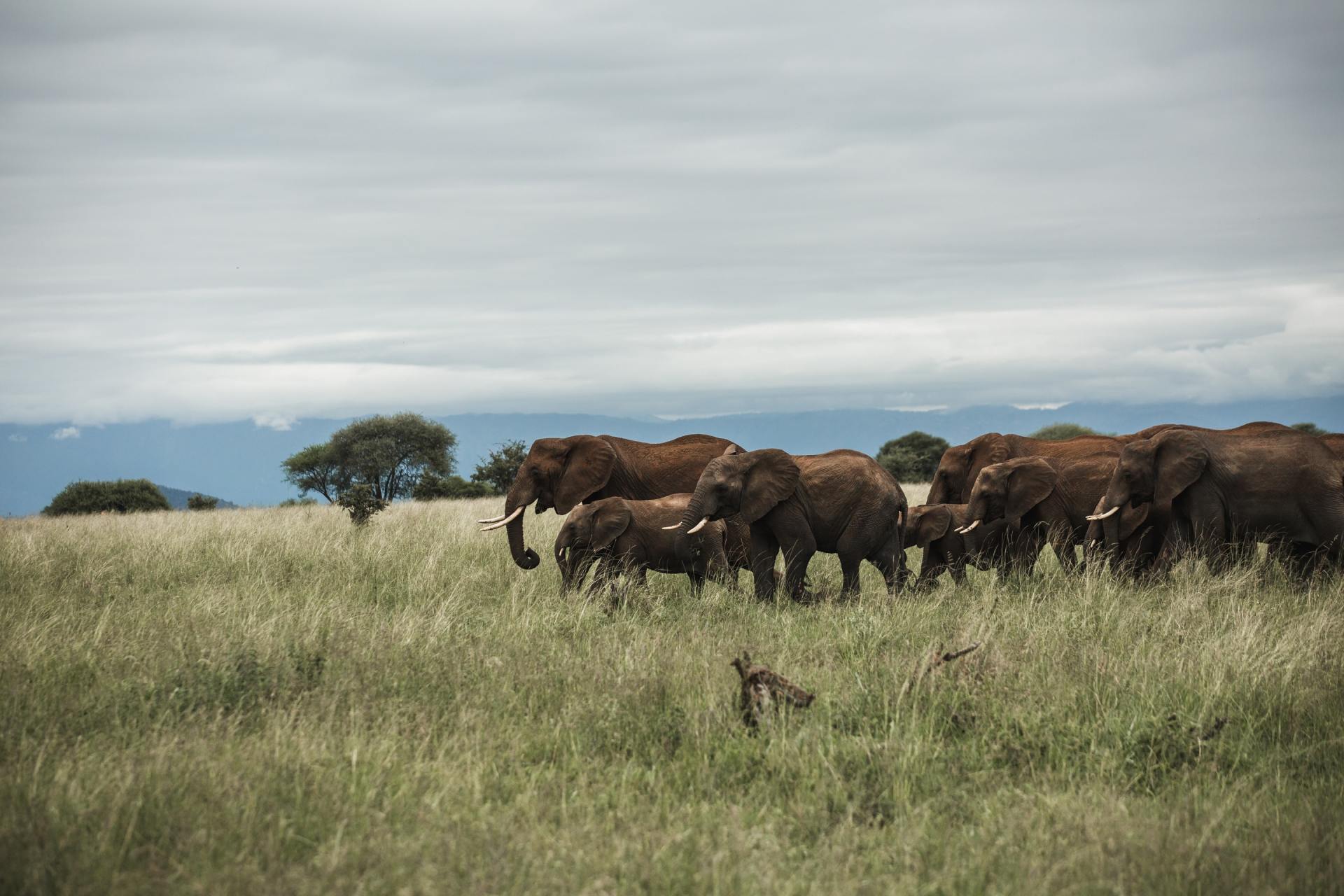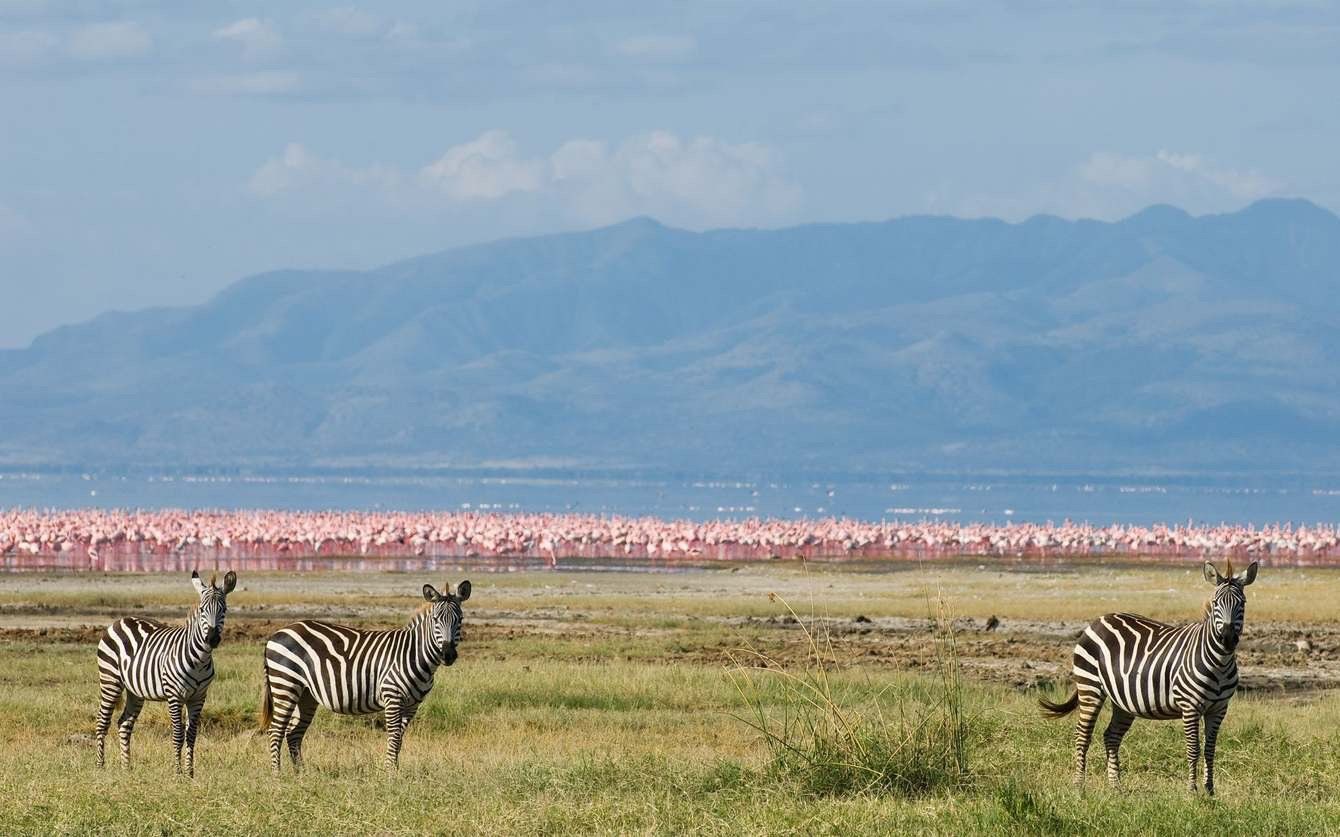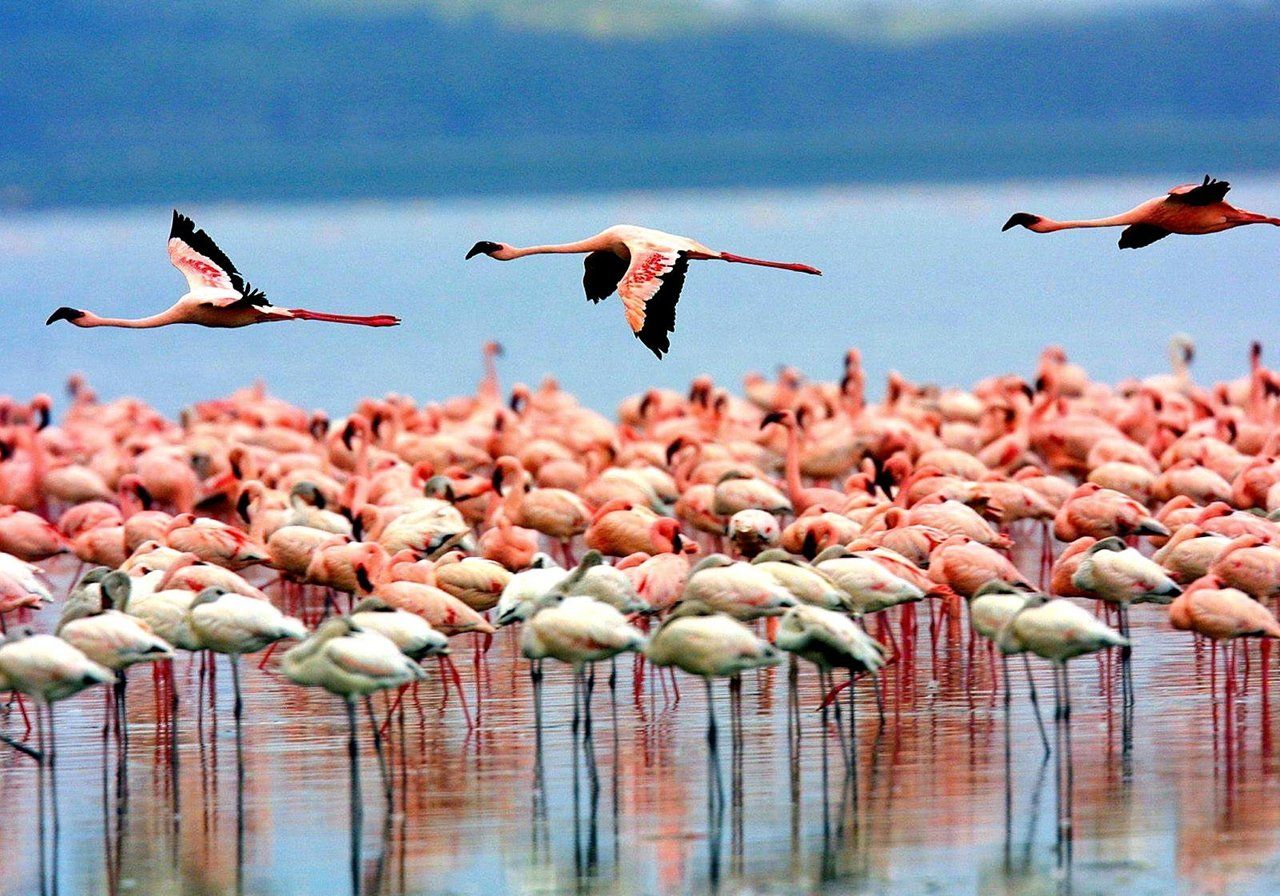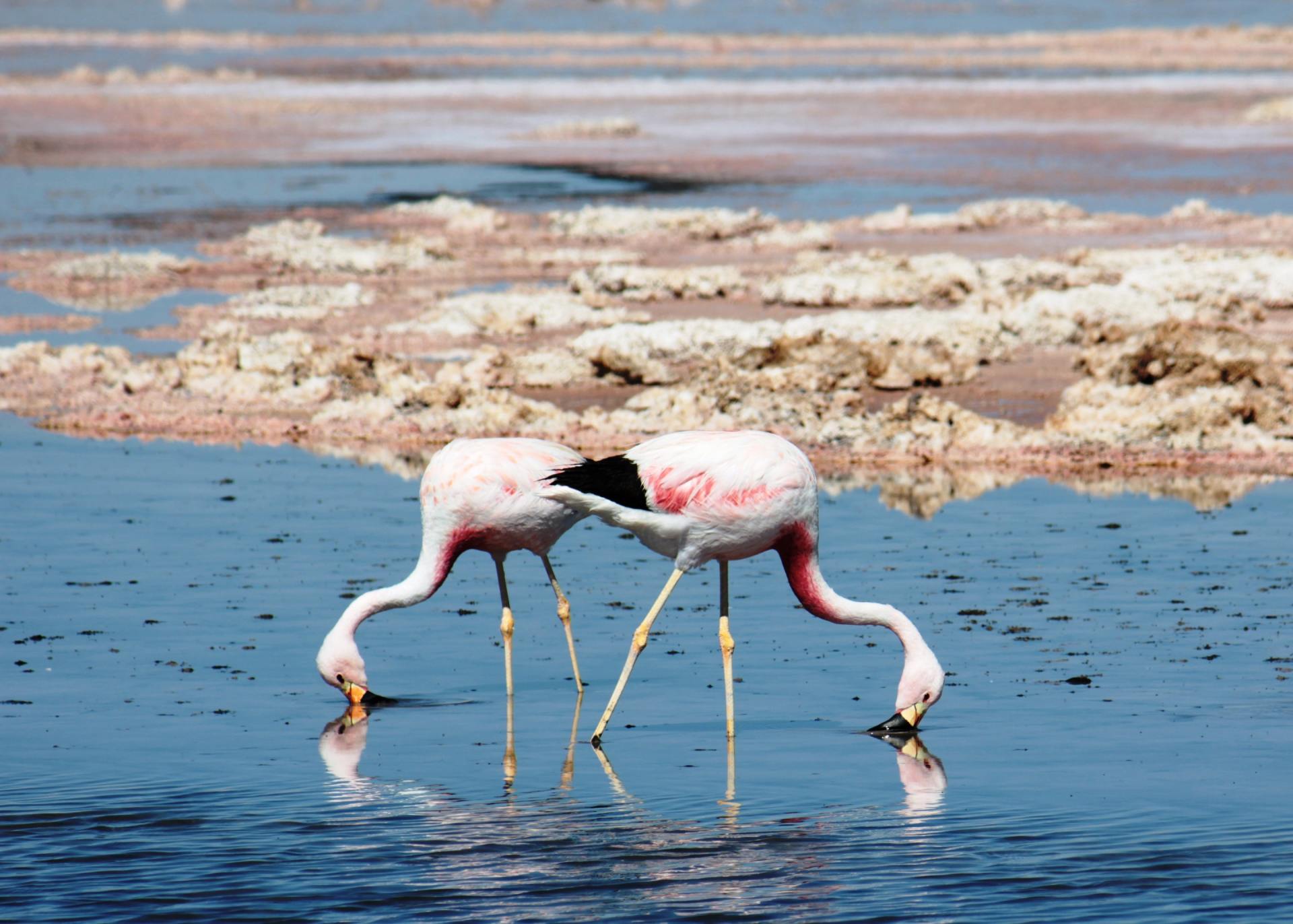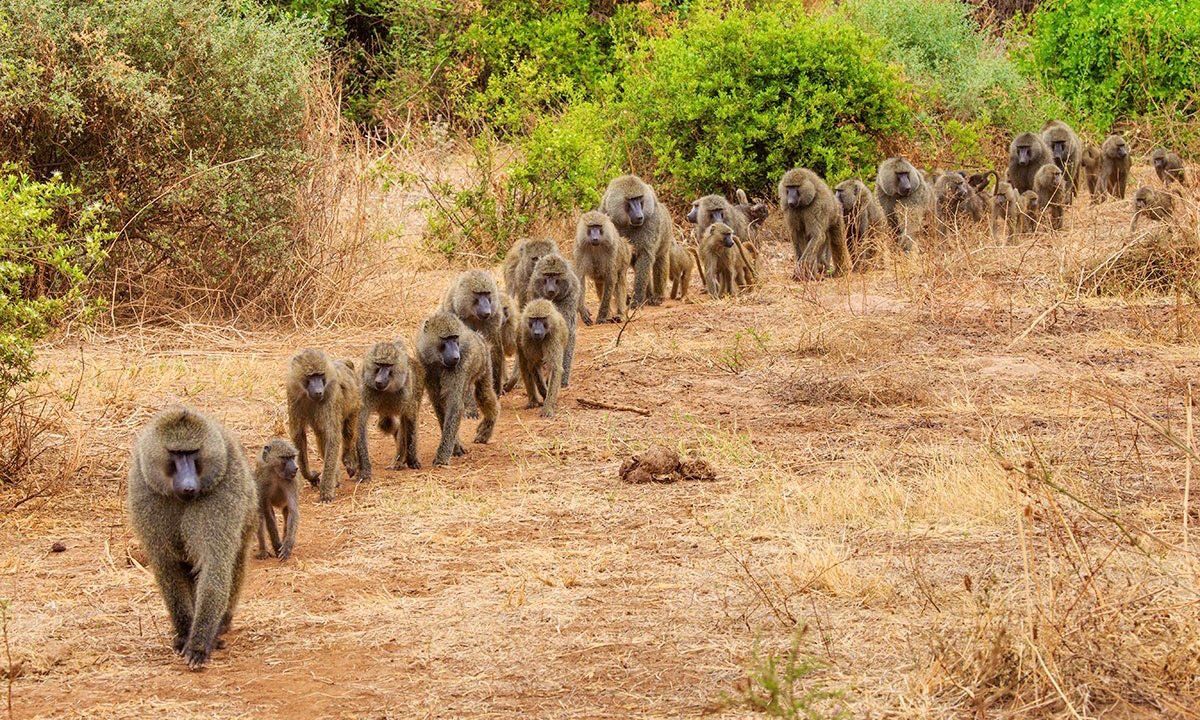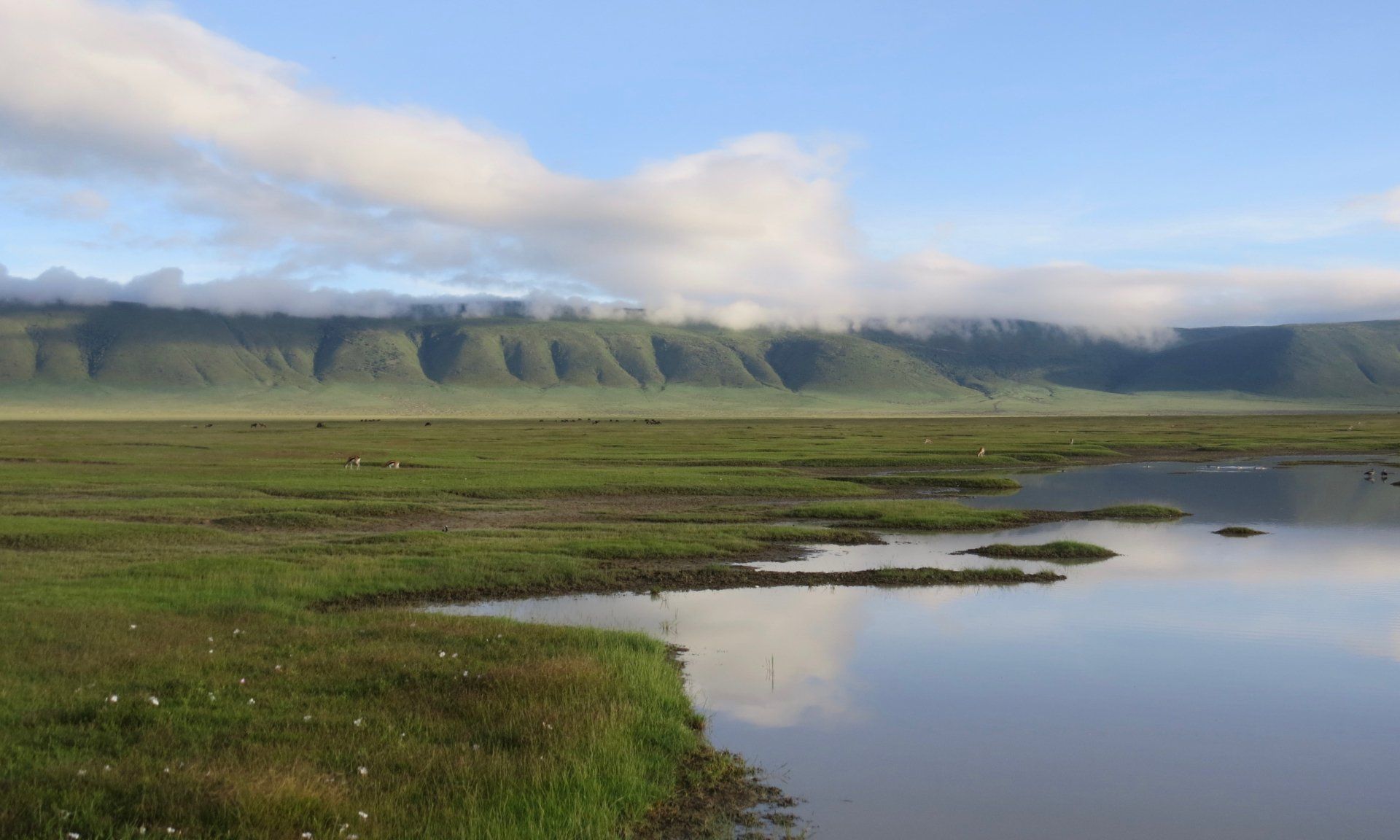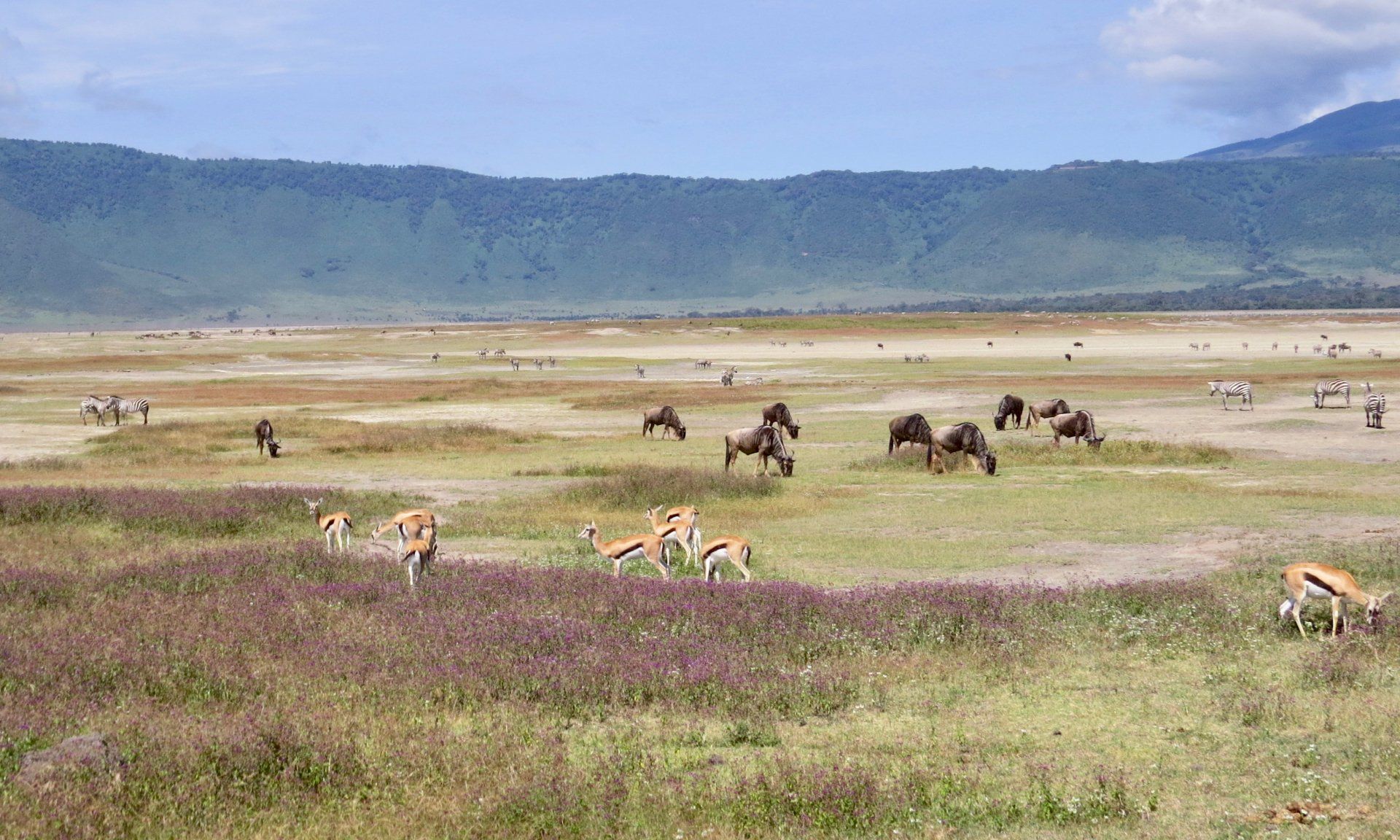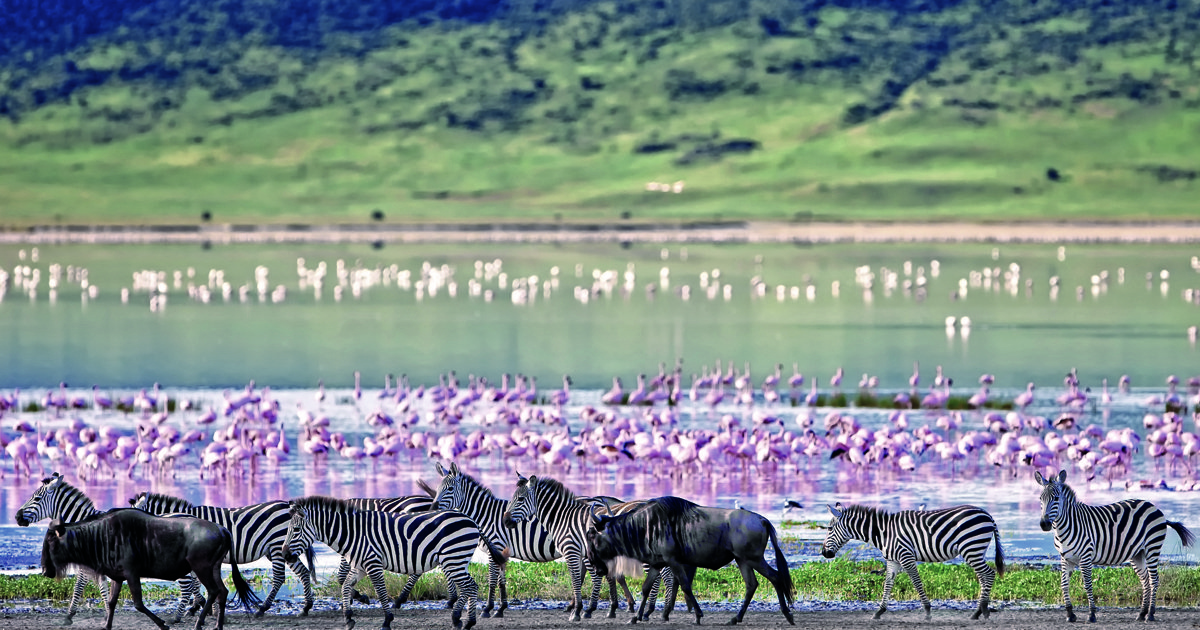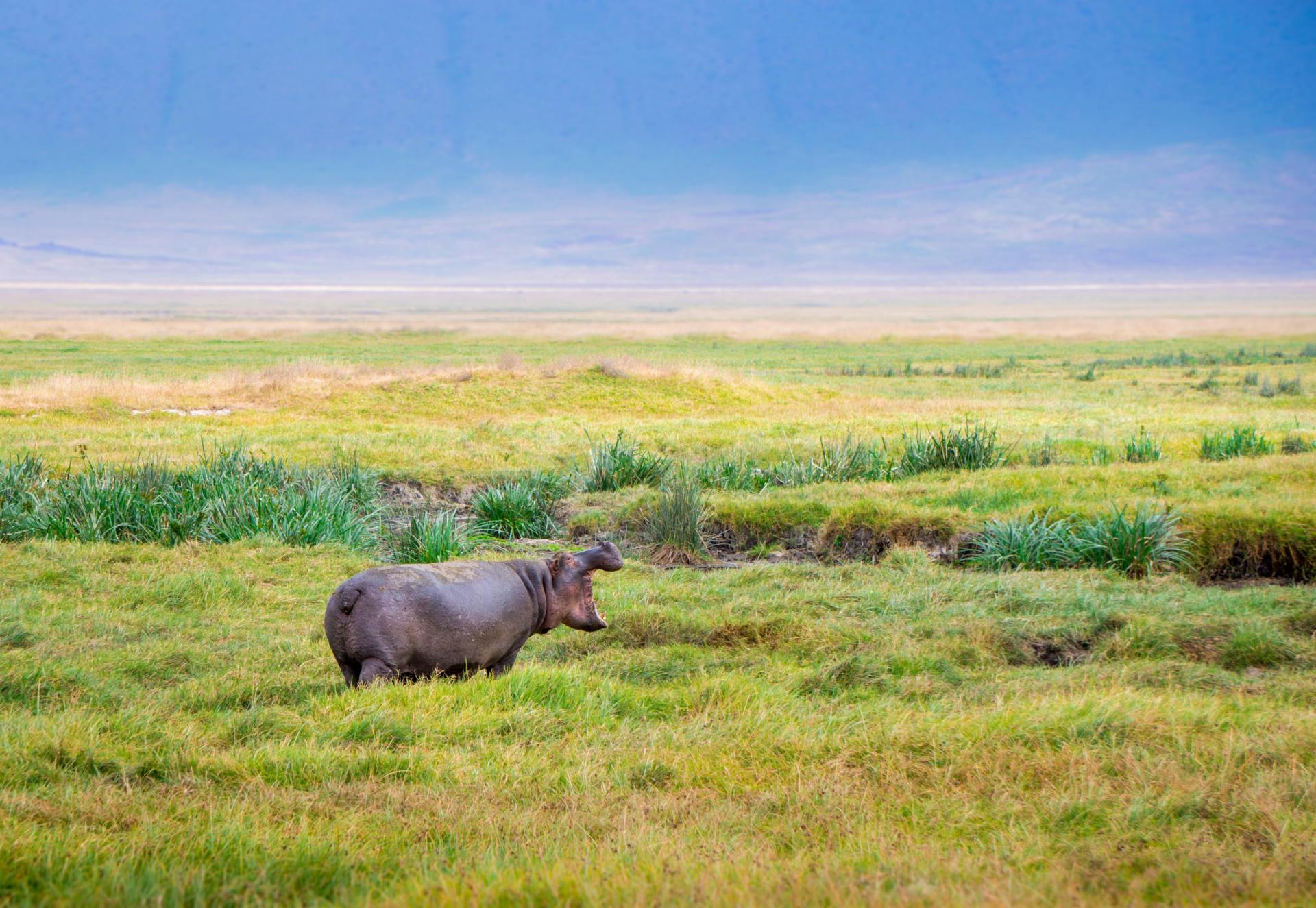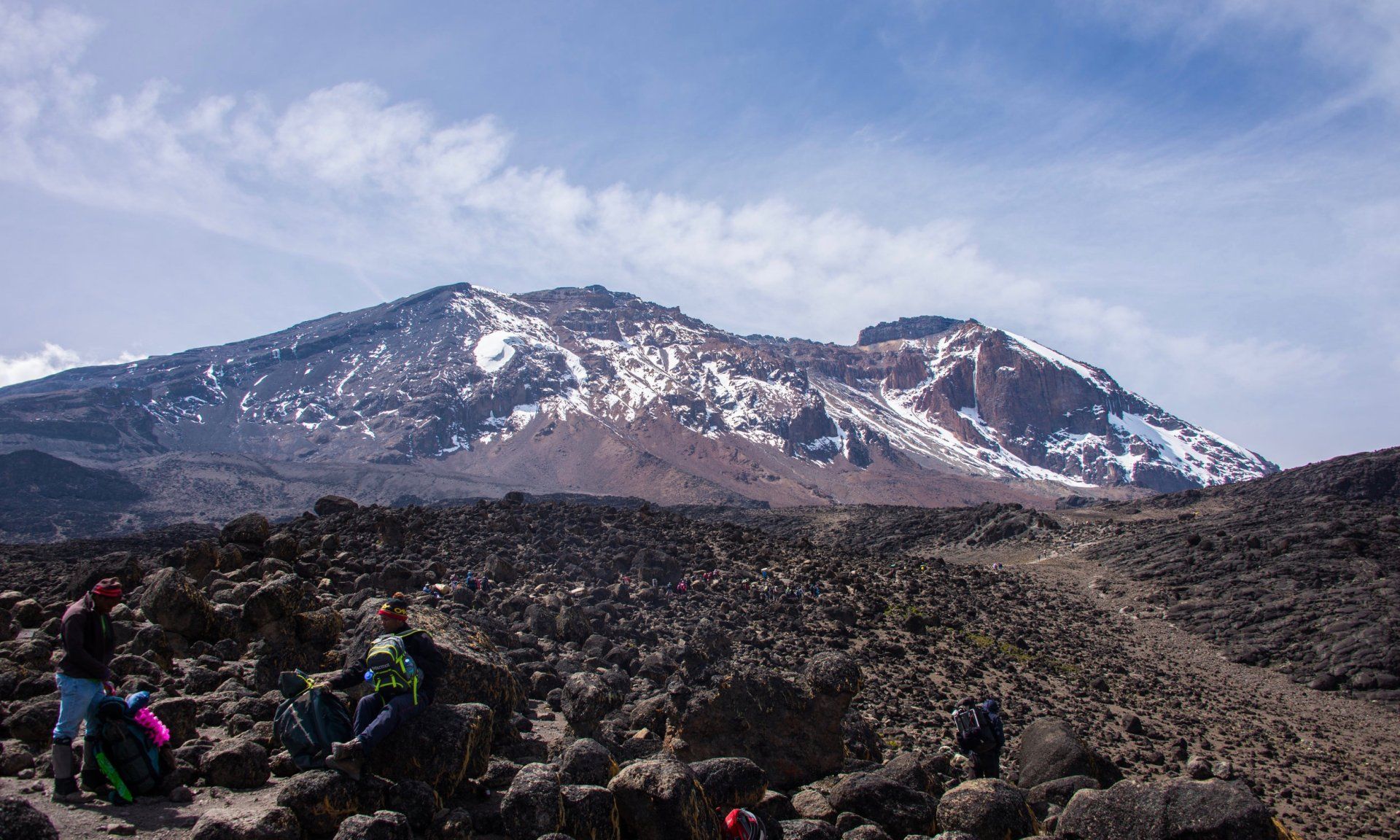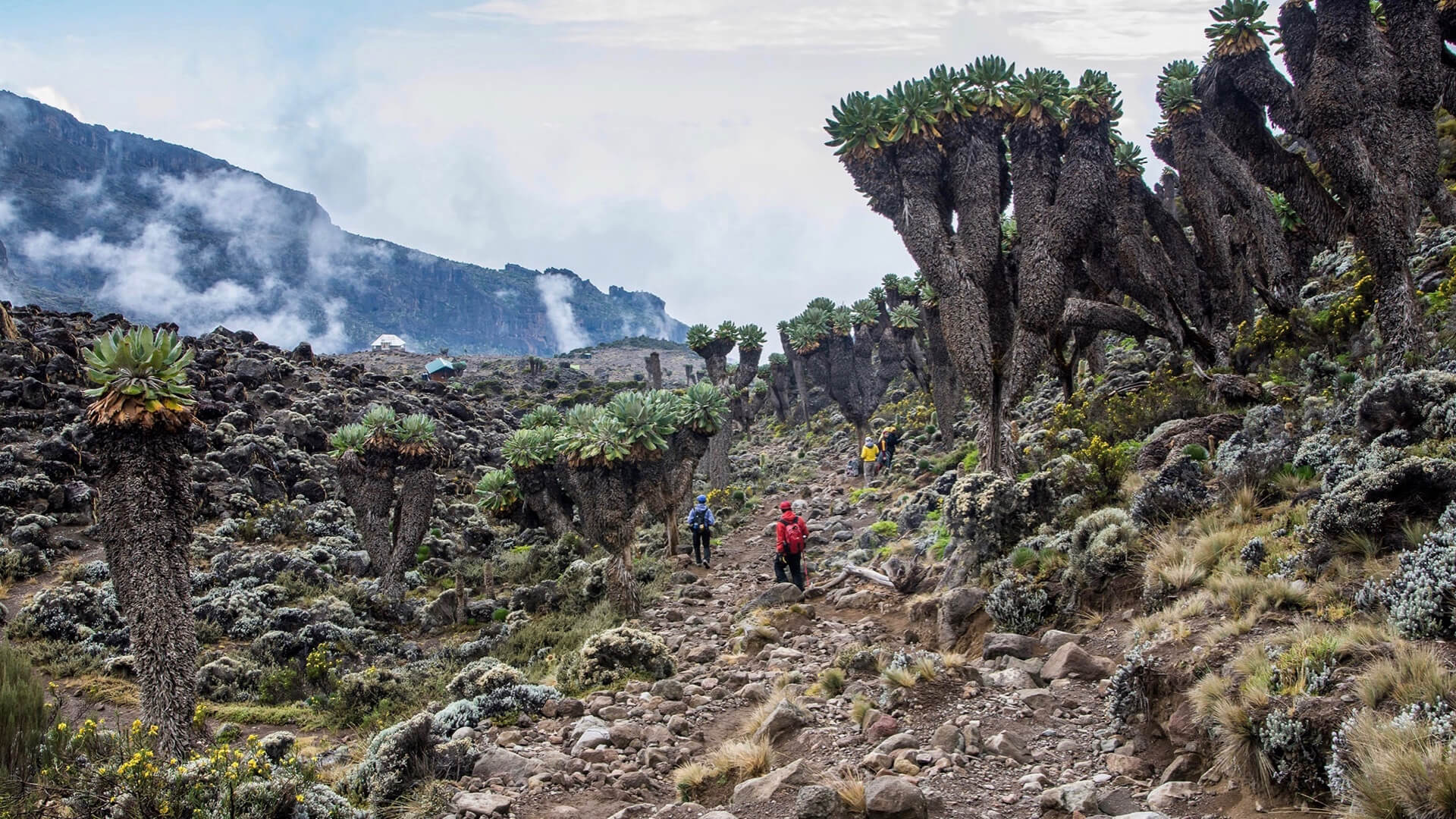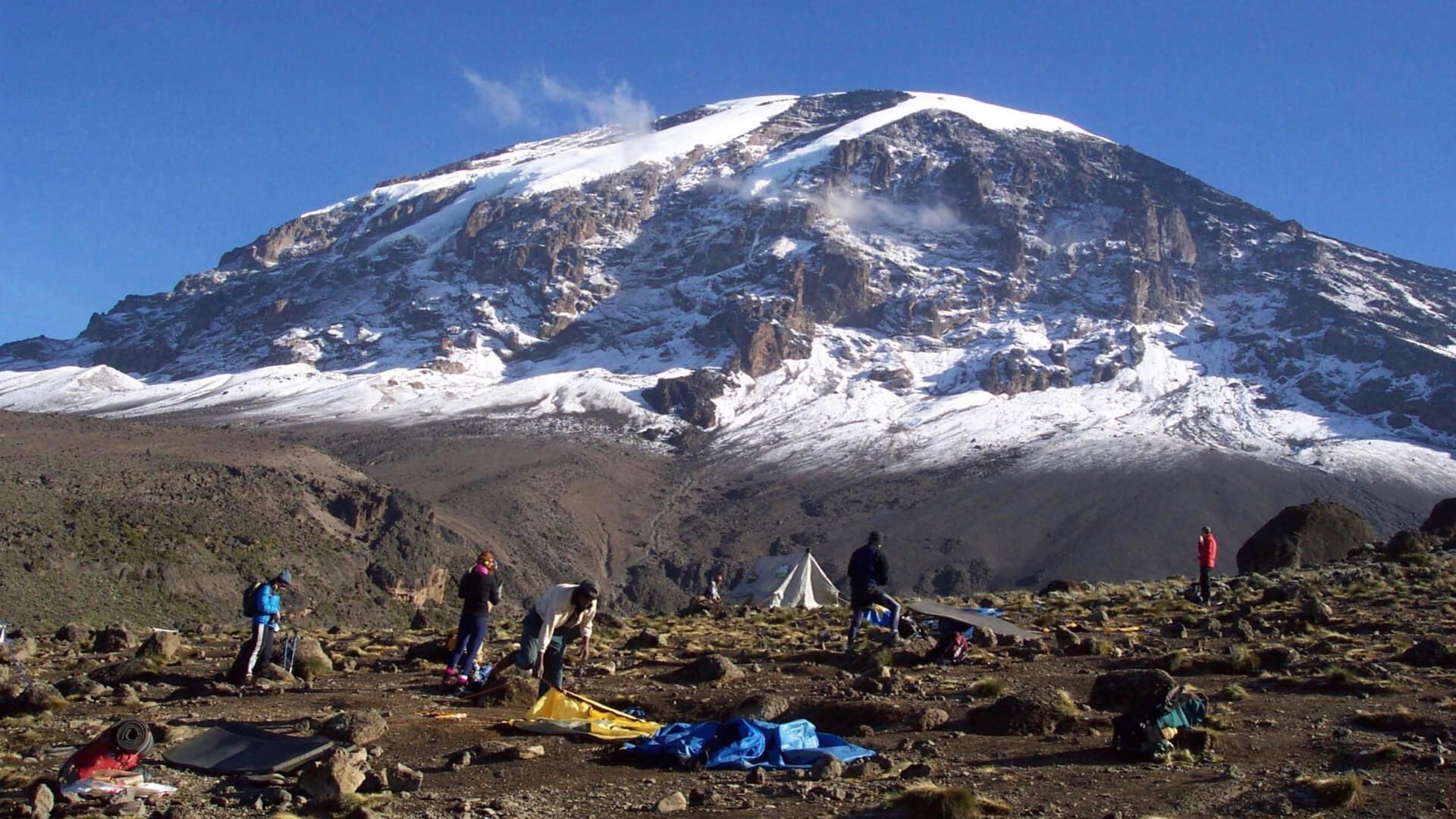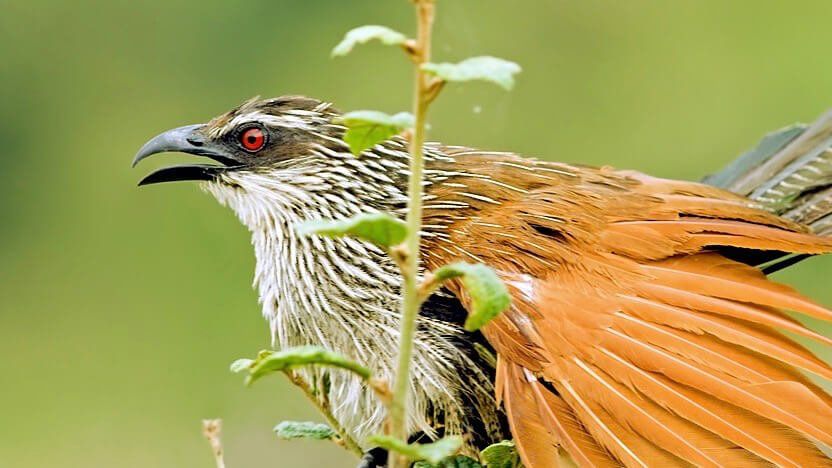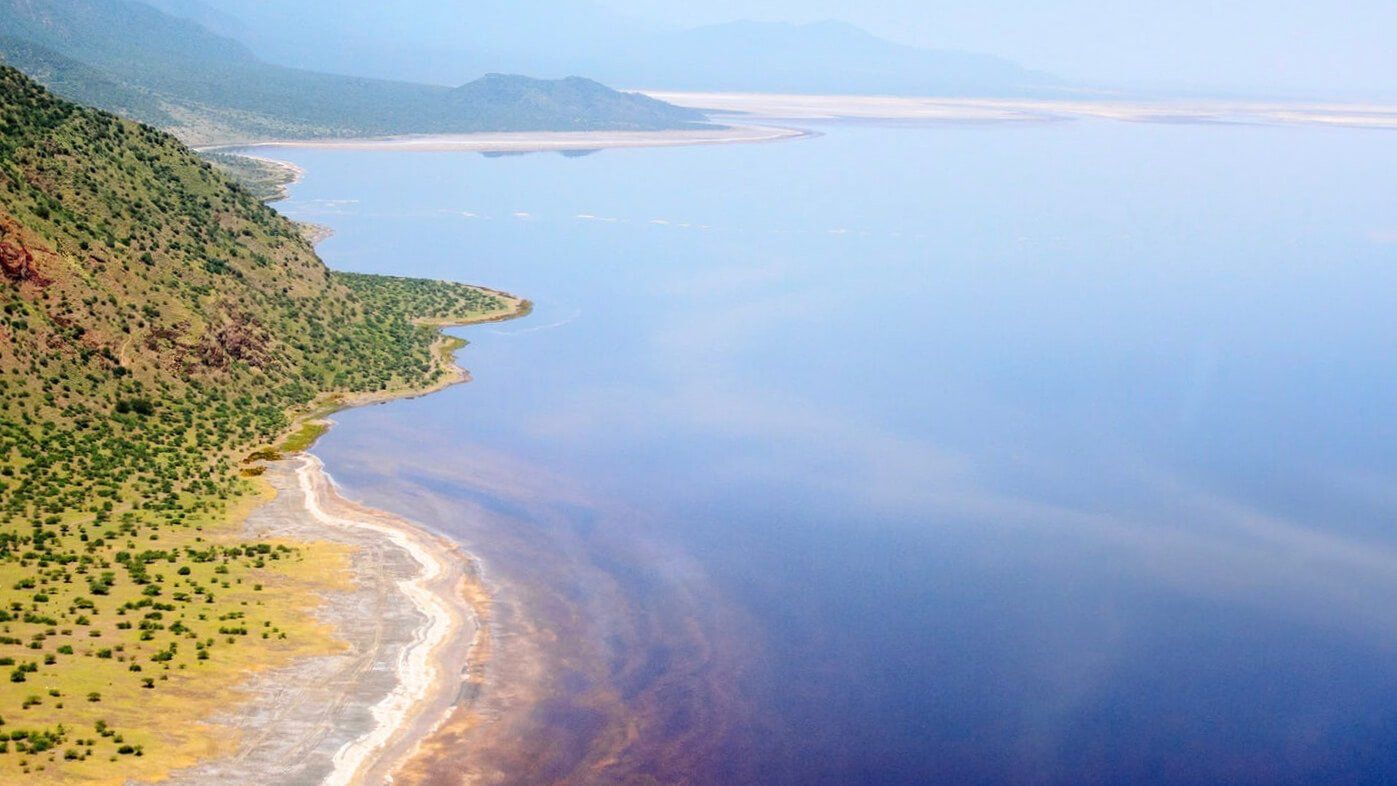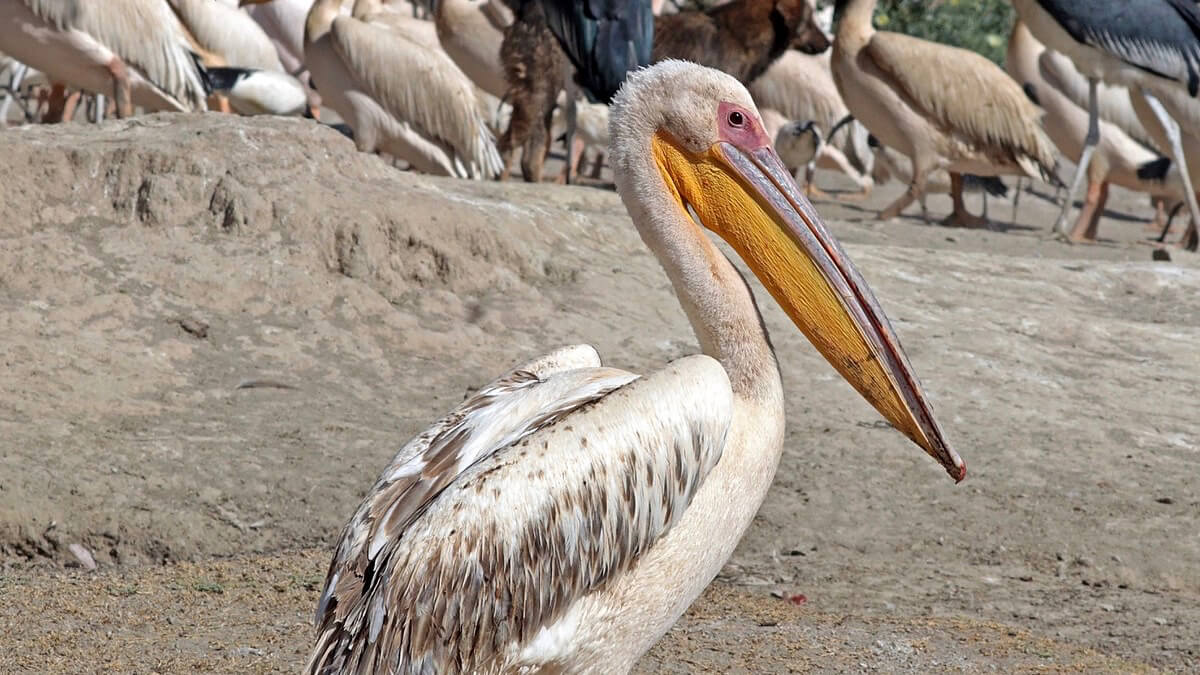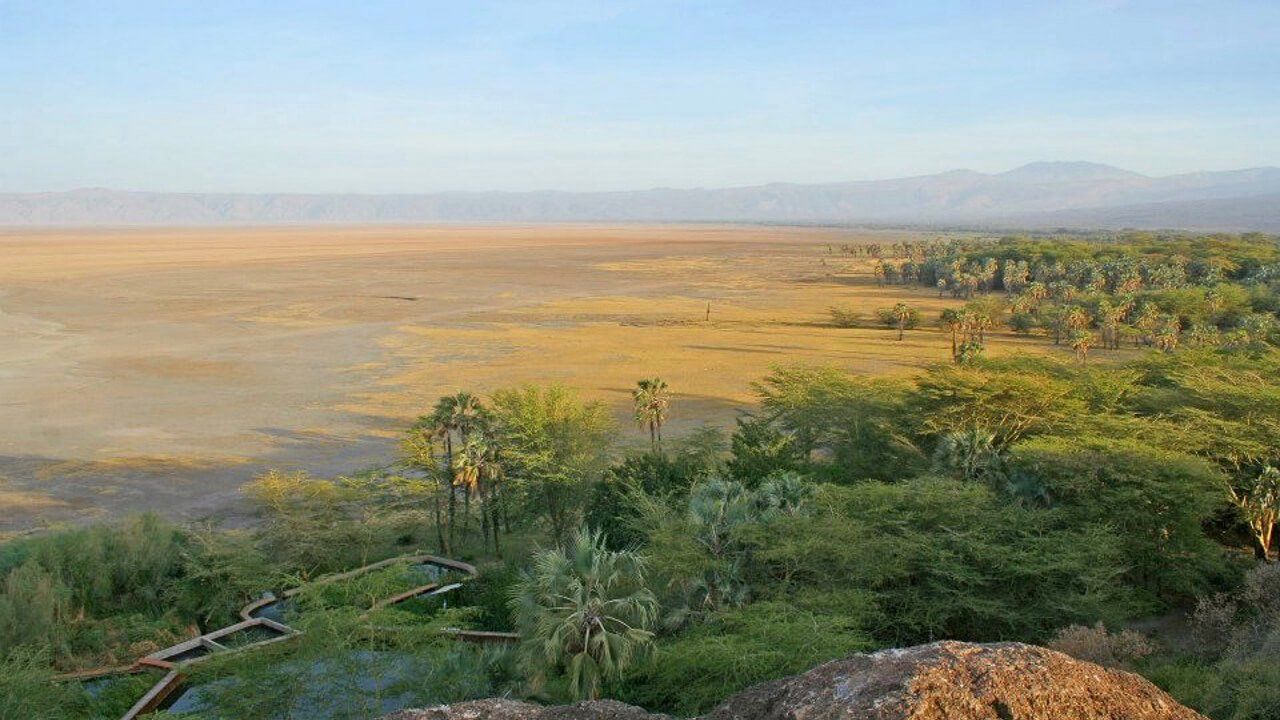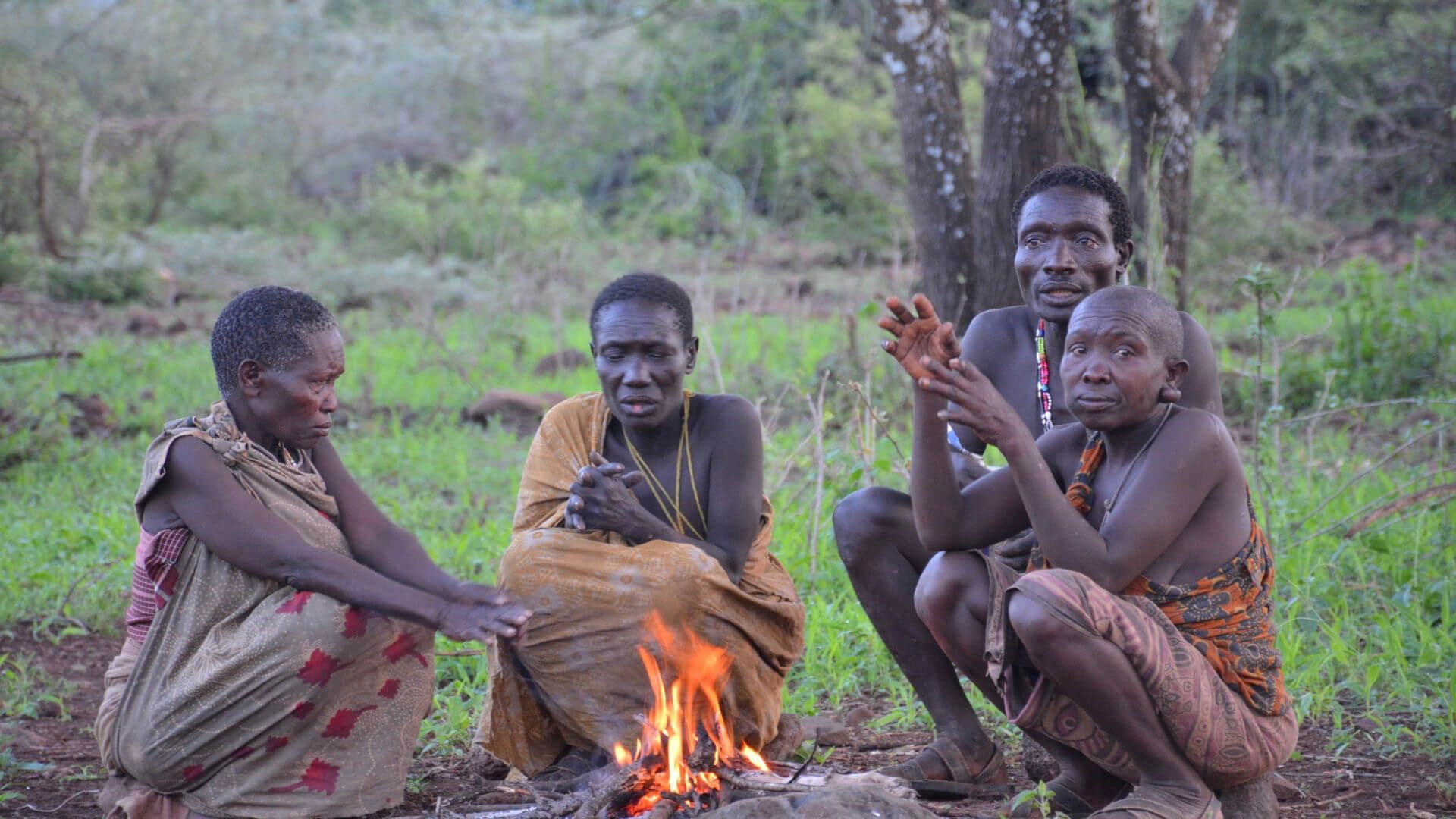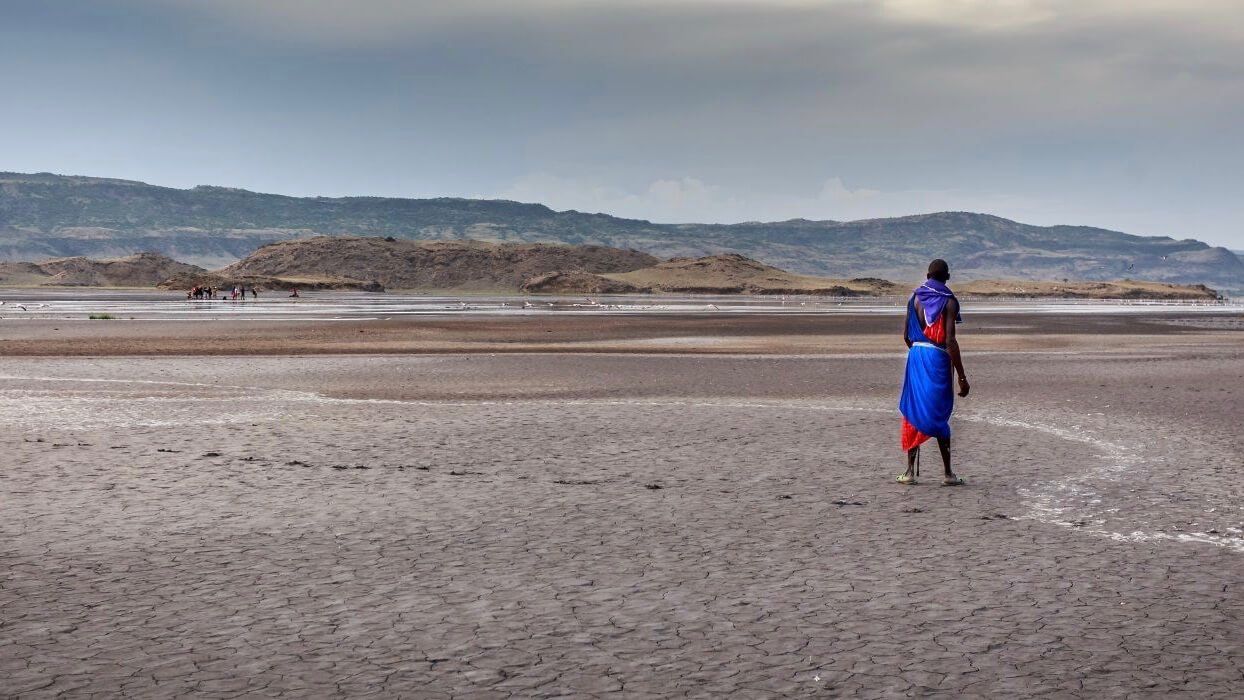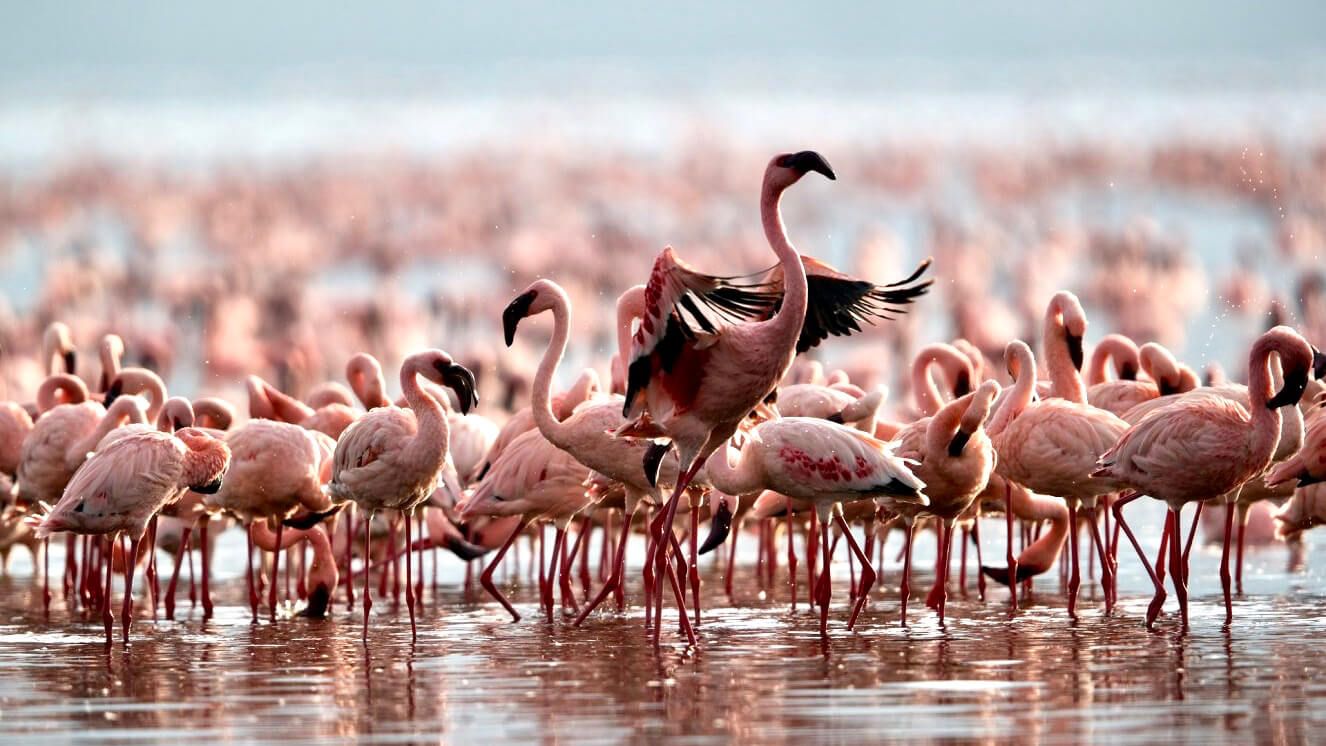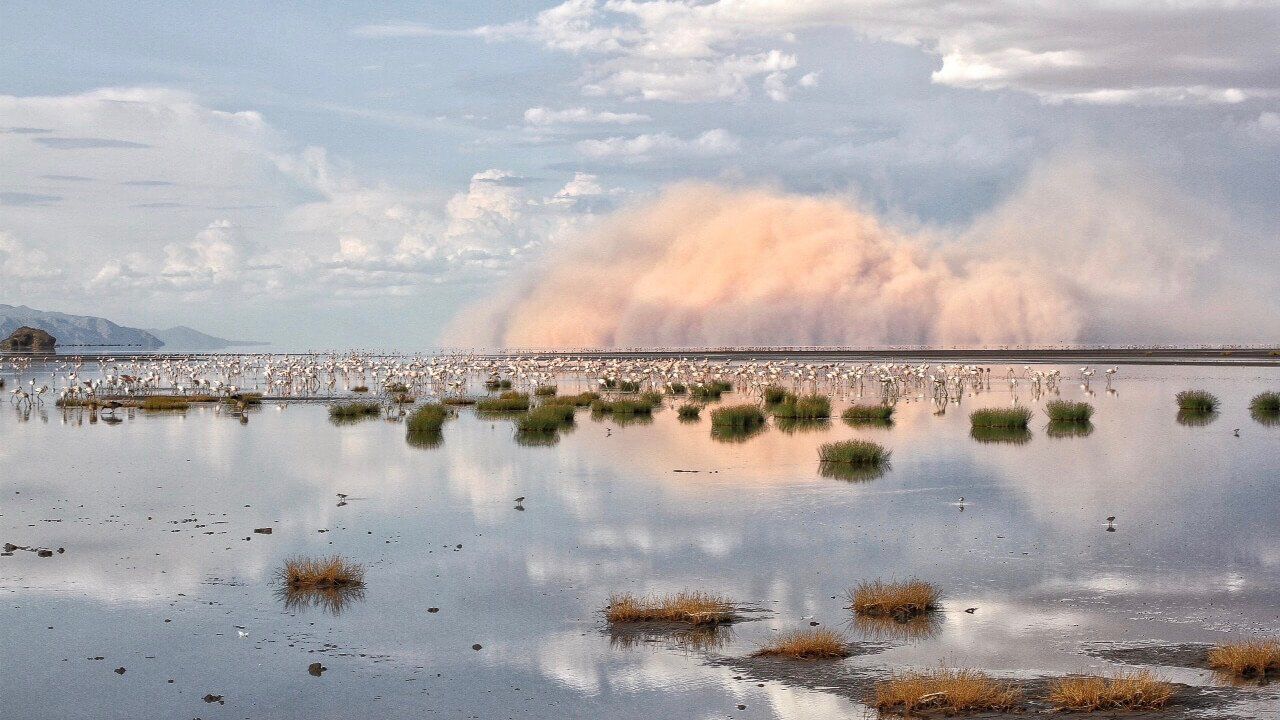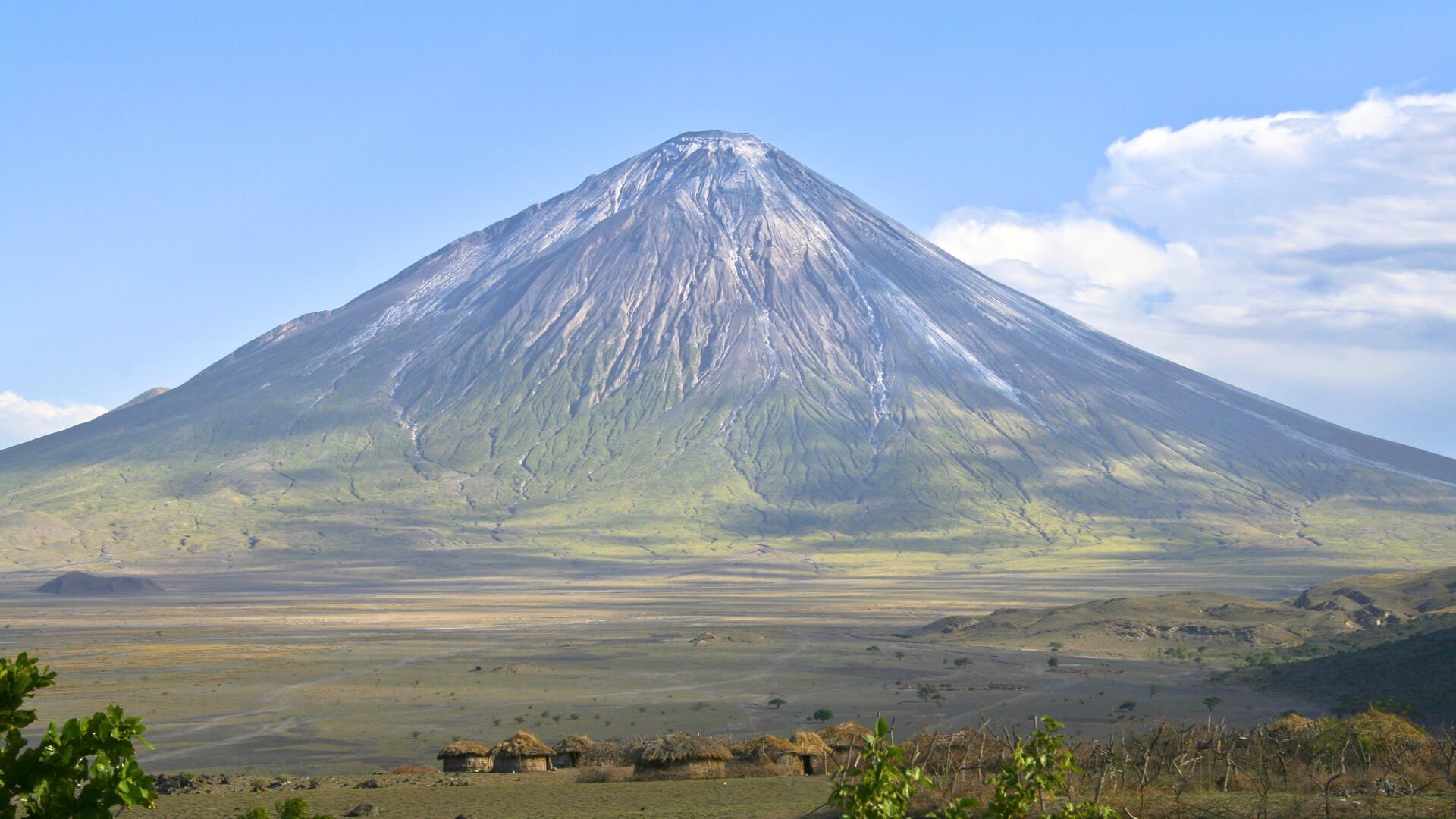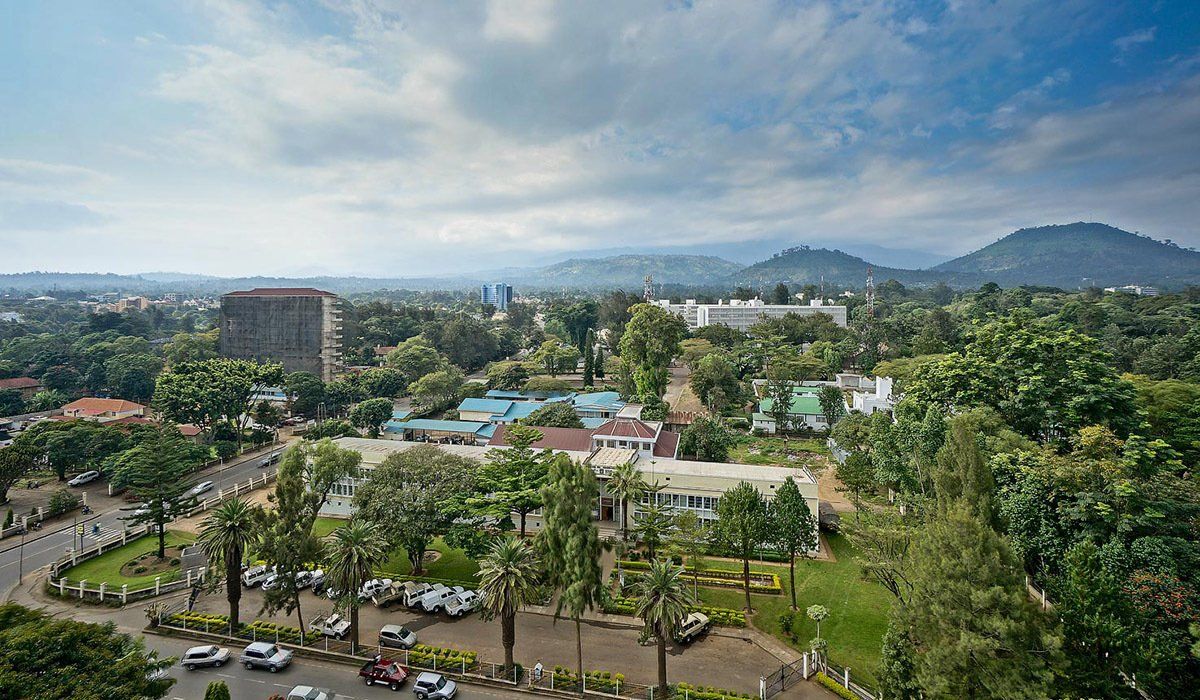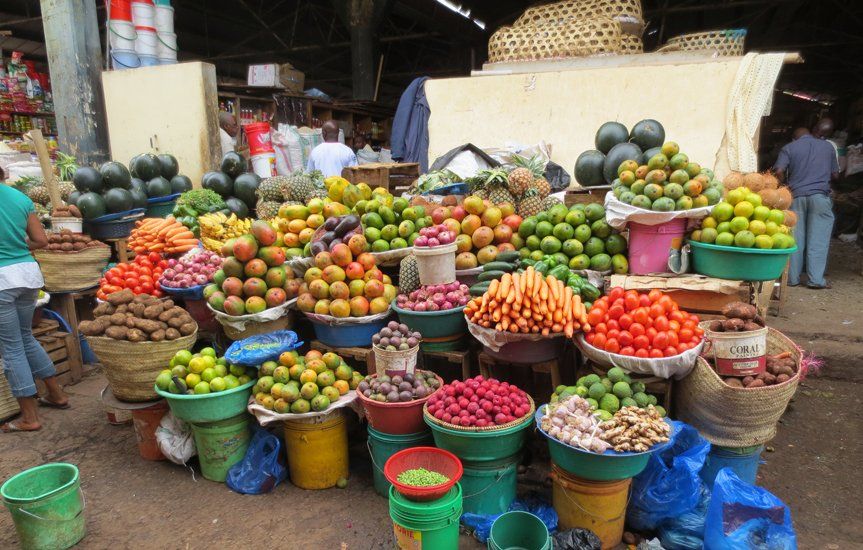TANZANIA NORTHERN CIRCUIT
SERENGETI NATIONAL PARK
In the Maasai language “Serengeti” means “endless plains”. This park is undoubtedly one of the world’s most celebrated wilderness areas and is an ongoing source of inspiration to writers, filmmakers and photographers. It is Tanzania’s oldest game reserve, renowned as the site of the annual Great Migration, when an estimated three million antelope – mostly wildebeest — migrate to Kenya’s Masai Mara Game Reserve.
The Serengeti is located in the north of the country and shares its northern boundary with the Kenyan Masai Mara Game Reserve and its southern boundary with the Ngorongoro Conservation Area. The Serengeti is a must see for anyone wanting to go on safari. Serengeti National Park and the Maasai Mara in Kenya are the only conservation areas in Africa where you can see the annual migration of hundred thousand zebras and over a million gnus (wildebeest). In addition to being home to over three million animals, the park also boasts a beautiful diverse landscape.
TARANGIRE NATIONAL PARK
Named after the life-giving river that flows its length, Tarangire National Park is Tanzania's fifth-largest park. If you take the unfenced game-controlled areas that border it into account, the ecosystem is big enough to host some migratory movement of herds. Tarangire National Park has a healthy population of creatures both big and small. The park has plenty of resident animals although some tend to migrate depending on the time of year. The most commonly seen animals are elephants, giraffes, impalas, warthogs, zebras, wildebeests, dwarf mongoose and ostriches. Lions can also be seen, as well as leopards and on some rare occasions even wild dogs have been spotted. Furthermore, the park is home to 550 species of birds and the greater and lesser kudus as well as oryx, also roam the park.
Tarangire National park with its baobab crested landscape is scenically one of the most beautiful parks. Baobab trees tower above the savannah and these age-old trees play a vital role in the eco system as they act as homes for bees, birds and bats. In addition, they provide nourishing fruit and supply animals such elephants with indirect water especially during the drier months.
The south of the park is dominated by marsh land, which is impassable in the wet season but tends to dry out completely in the dry season. The vegetation within the park is extremely diversified and includes open grasslands, savannah, Baobab trees and thick acacia bush as well as palm trees and swamps full of tall elephant grass in the south. Walking safaris are also offered in the southern part of the park.
One of the lesser-known game reserves in Tanzania, Tarangire rivals the Serengeti in the great number and diversity of its wildlife. It is a good choice for travellers who wish to encounter more animals (particularly elephants as it is renowned for frequent sightings) and less tourists while on safari.
Tarangire National park with its baobab crested landscape is scenically one of the most beautiful parks. Baobab trees tower above the savannah and these age-old trees play a vital role in the eco system as they act as homes for bees, birds and bats. In addition, they provide nourishing fruit and supply animals such elephants with indirect water especially during the drier months.
The south of the park is dominated by marsh land, which is impassable in the wet season but tends to dry out completely in the dry season. The vegetation within the park is extremely diversified and includes open grasslands, savannah, Baobab trees and thick acacia bush as well as palm trees and swamps full of tall elephant grass in the south. Walking safaris are also offered in the southern part of the park.
One of the lesser-known game reserves in Tanzania, Tarangire rivals the Serengeti in the great number and diversity of its wildlife. It is a good choice for travellers who wish to encounter more animals (particularly elephants as it is renowned for frequent sightings) and less tourists while on safari.
LAKE MANYARA NATIONAL PARK
The park offers a wilderness experience in diverse habitats - from its Rift Valley soda lake to dense woodlands and steep mountainsides. Apart from a spectacular setting, the park is famous for its unusual tree-climbing lions and the vast elephant herds it was established to protect.
The shores of the lake attract more than 400 species of birds, including flamingos - many of them waterfowl or migrants. Large herds of buffalo, Masai giraffe and impala roam the lake shores and the forested valley slopes.
A Lake Manyara safari is a fascinating experience, as the park also features a ground-water forest, acacia tortilis woodland and hot springs, called Maji Moto. Troops of several hundred olive baboons appear alongside Sykes monkey and short-eared galago. Other residents include Cape clawless otters, Egyptian mongooses, hippos and klipspringers.
Although Lake Manyara National Park is one of the smaller parks in Tanzania, its beautiful landscape is home to an interesting collection of wildlife. Lake Manyara is a soda/alkaline like that reaches a maximum depth of 3.7 m. The vegetation changes from ground water forests to flood plains and finally to acacia wood plains.
Tourists often visit Lake Manyara National Park en route to or from the Ngorongoro Crater as part of a short safari.
The shores of the lake attract more than 400 species of birds, including flamingos - many of them waterfowl or migrants. Large herds of buffalo, Masai giraffe and impala roam the lake shores and the forested valley slopes.
A Lake Manyara safari is a fascinating experience, as the park also features a ground-water forest, acacia tortilis woodland and hot springs, called Maji Moto. Troops of several hundred olive baboons appear alongside Sykes monkey and short-eared galago. Other residents include Cape clawless otters, Egyptian mongooses, hippos and klipspringers.
Although Lake Manyara National Park is one of the smaller parks in Tanzania, its beautiful landscape is home to an interesting collection of wildlife. Lake Manyara is a soda/alkaline like that reaches a maximum depth of 3.7 m. The vegetation changes from ground water forests to flood plains and finally to acacia wood plains.
Tourists often visit Lake Manyara National Park en route to or from the Ngorongoro Crater as part of a short safari.
NGORONGORO CRATER & CONSERVATION AREA
The Ngorongoro crater is the largest unbroken, inactive and unfilled caldera in the world. Some maintain that before it erupted, it would have been higher than Mt Kilimanjaro, the highest peak in Africa. With a diameter of approximately 19 km (12 miles) and its majestic walls that rise just over 600 m (2000 feet), the crater floor covers an area of 260 sq. km (100 sq. miles). The crater floor is one of the most densely crowded game areas in the world, home to an estimated 20 000 animals. Because it is enclosed and the flat crater floor is largely made up of open grassland, the area is a stronghold for endangered species like the black rhino.
The Ngorongoro conservation area
was officially declared a UNESCO world heritage site in 1979. The diverse landscape has dense mountain forests, woodlands, grasslands, lakes and swamps. Some of the most important archaeological sites in the world, such as Olduvai Gorge and Laetoli can be found in the Ngorongoro Conservation Area. Over 30 000 animals including the rare black rhino call this unique place their home. Today over 40 000 Masais reside in the area making the Ngorongoro conservation area one of the only places in Tanzania where human habitation is allowed within a wildlife protected area. The conservation shares a boundary with the Serengeti National Park and you must cross the conservation to reach the Serengeti. The wildebeest migration is seen in the Ngorongoro conservation area from December to March.
MOUNT KILIMANJARO NATIONAL PARK
The great mountain of Kilimanjaro is a metaphor for the compelling beauty of East Africa. Rising in absolute isolation, Kilimanjaro is one of the highest walkable summits on the planet, a beacon for visitors from around the world. Most reasonably fit and properly guided climbers can experience the triumph of reaching Uhuru Peak, the actual summit. All you need is a walking stick, warm clothing and determination. A journey up the slopes takes visitors on a climatic world tour from the tropics to the arctic. The grassy and cultivated lower slopes turn into lush rainforest. Higher still, heath and moorland, covered with giant heathers, becomes a surreal alpine desert and finally there is ice, snow and the biggest view on the continent.
ARUSHA NATIONAL PARK
This is the closest national park to Arusha town (northern Tanzania’s safari capital). It is a multi-faceted jewel and offer the opportunity to explore a beguiling diversity of habitats within a few hours. The entrance gate leads into shadowy montane forest inhabited by inquisitive blue monkeys and colourful turacos and trogons - the only place on the northern safari circuit where the acrobatic black-and-white colobus monkey
is easily seen. The spectacular Ngurdoto Crater
is found in the midst of the forest. Its steep, rocky cliffs enclose a wide marshy floor dotted with herds of buffalos and warthogs.
Further north, rolling grassy hills encircle the tranquil beauty of the Momela Lakes, each displaying a different hue of green or blue. With their shallows sometimes tinged pink with thousands of flamingos, the lakes support a rich selection of resident and migrant waterfowl and shaggy waterbucks display their large lyre-shaped horns on the watery fringes. Giraffes glide across the grassy hills between grazing zebra herds, while pairs of wide-eyed dik-dik dart into scrubby bush like overgrown hares on spindly legs.
Further north, rolling grassy hills encircle the tranquil beauty of the Momela Lakes, each displaying a different hue of green or blue. With their shallows sometimes tinged pink with thousands of flamingos, the lakes support a rich selection of resident and migrant waterfowl and shaggy waterbucks display their large lyre-shaped horns on the watery fringes. Giraffes glide across the grassy hills between grazing zebra herds, while pairs of wide-eyed dik-dik dart into scrubby bush like overgrown hares on spindly legs.
Although elephants are uncommon in Arusha National Park and lions absent altogether, leopards and spotted hyenas may be seen slinking around in the early morning and late afternoon. It is also at dusk and dawn that the veil of cloud on the eastern horizon is most likely to clear, revealing the majestic snow-capped peaks of Kilimanjaro only 50km (30 miles) away. It is Kilimanjaro’s unassuming cousin, Mount Meru
- the fifth highest in Africa at 4,566 metres (14,990 feet), that dominates the park’s horizon. With its peaks and eastern foot slopes protected within the national park, Meru offers unparalleled views of its famous neighbour while also being a rewarding hiking destination in its own right.
LAKE EYASI
This is a seasonal shallow endorheic salt-lake on the floor of the Great Rift Valley at the base of the Serengeti Plateau, just south of the Serengeti National Park. It is situated immediately southwest of the Ngorongoro crater in the crater highlands of Tanzania.
The Hadzabe bushmen
resides in this region along with the Datoga and Mbulu tribes who are pastoralists, just like the Masai people. Lake Eyasi’s scenery differs dramatically to that of the surrounding areas. The lake is bordered by palm trees - home to birds like the Fischer’s lovebird. Other trees in this area include the umbrella thorn acacia and sand paper bush. The weather is always very hot and intense as the lake is located in the floor of the Rift valley.
Lake Eyasi’s water levels vary greatly between the rainy and dry seasons. During the dry season the lake is virtually non-existent and animals are forced to share what water is left, which makes for easier wildlife viewing. The lake can get quite deep during the rainy season and it attracts hippos who like to cool off in its brackish waters.
LAKE NATRON
This is a soda lake at the base of the active Ol Donyo Lengai volcano. At first sight, the lake looks fairly conventional with blue waters lapping the shoreline, but a journey from above soon reveals a unique red crust covering the lake’s surface. This natural wonder is caused by microorganisms that flourish in the mineral rich waters of the lake. Fed by nearby volcanic springs, the sweltering 40-degree Celsius waters and high salt content make the lake inhospitable for most and during the dry season, petrifies all creatures dying in it. Real adventure seekers visiting Lake Natron, will be rewarded with a unique, near magical experience.
Lake Natron is situated in northern Tanzania on the border with Kenya and close to the Serengeti National Park and the Ngorongoro conservation area.
ARUSHA CITY
Arusha is a typical small, dusty Sub-Saharan African town and that is part of its charm. Set at the foot of Mount Meru, it is a gateway to safari destinations and to Africa's highest peak, 5 895m Mount Kilimanjaro, lying some 100 kilometres northeast. It has bustling markets next to old, rather dilapidated colonial buildings interspersed with more modern shops, all set on pot-holed roads filled with hooting taxis and crazy drivers. It's hard not to feel the beat of Africa here.

